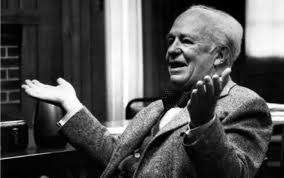This is an old paper (1980s) analyzing the American Employee Stock Ownership Plan or ESOP. The original proposer of the ESOP idea, Louis Kelso, and his ardent follows have shrouded the ESOP transactions in such a cloud of rhetoric, that one needs to independently perform an analysis to see what is really going on. The paper was never published (except in this website version) since I had no reason to publicly attack ESOPs, only to be clear about them and their true institutional contribution–which is considerable.
When a loan to a company is channeled through an ESOP (instead of being made directly to the company), the employees end up owning shares in their ESOP accounts and yet they pay no out-of-pocket money for those shares. Who really pays for those shares? If the employees do not pay for the shares indirectly with concessions in wages and benefits or through productivity increases, then I show that the shares are paid for by a combination of tax breaks and dilution of the existing owners. When the ESOP loan money goes to buy new shares, then the company in effect pays twice for the injection of money: once with the issuance of new shares and again with the ESOP loan payments. But the second payment is deductible from taxable income, so for a firm in a 40% tax bracket, the shares are paid for 40% by the tax break and 60% by dilution of existing owners.
[Click here to download the paper.]
